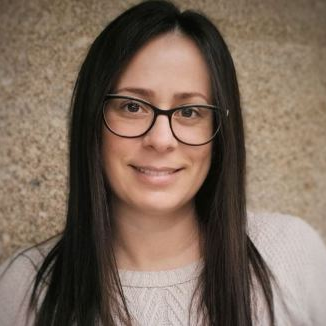Biofilms in Wounds: New Advances in Therapy and in Healing Management
A special issue of Biomedicines (ISSN 2227-9059). This special issue belongs to the section "Molecular and Translational Medicine".
Deadline for manuscript submissions: closed (30 September 2020) | Viewed by 25980
Special Issue Editors
Interests: biofilms; Candida; AMR; fungal infection; polymicrobial biofilms; alternatives to antifungals
Special Issues, Collections and Topics in MDPI journals
Interests: wounds; biofilms; human-relevant; animal alternatives; polymicrobial
Special Issue Information
Dear Colleagues,
Biofilm is the predominant mode of life for bacteria and yeasts and is presently implicated in numerous human diseases. In fact, the majority of non-healing wounds contain biofilms, contributing to the high global cost of chronic wounds. Non-healing wounds with biofilms have a low-grade and persistent inflammatory response, which leads to impaired epithelialization and granulation tissue formation, and reduced susceptibility to antimicrobial agents. Furthermore, a compromised host defense severely delays the healing of wounds in patients, contributing to infection.
Therefore, reducing the biofilm’s presence in wounds is, indeed, a critical element of effective wound care. Strategies to manage biofilm and encourage progression to wound healing are urgently needed.
We warmly welcome you to join us in this effort. Reviews or original research articles are most welcome. We look forward to receiving your contributions.
Dr. Célia Fortuna Rodrigues
Dr. Caitlin Light
Guest Editors
Manuscript Submission Information
Manuscripts should be submitted online at www.mdpi.com by registering and logging in to this website. Once you are registered, click here to go to the submission form. Manuscripts can be submitted until the deadline. All submissions that pass pre-check are peer-reviewed. Accepted papers will be published continuously in the journal (as soon as accepted) and will be listed together on the special issue website. Research articles, review articles as well as short communications are invited. For planned papers, a title and short abstract (about 100 words) can be sent to the Editorial Office for announcement on this website.
Submitted manuscripts should not have been published previously, nor be under consideration for publication elsewhere (except conference proceedings papers). All manuscripts are thoroughly refereed through a single-blind peer-review process. A guide for authors and other relevant information for submission of manuscripts is available on the Instructions for Authors page. Biomedicines is an international peer-reviewed open access monthly journal published by MDPI.
Please visit the Instructions for Authors page before submitting a manuscript. The Article Processing Charge (APC) for publication in this open access journal is 2600 CHF (Swiss Francs). Submitted papers should be well formatted and use good English. Authors may use MDPI's English editing service prior to publication or during author revisions.
Keywords
- antimicrobial therapy
- phage therapy
- anti-biofilm technologies
- acute and chronic wound management
- dressing technologies







